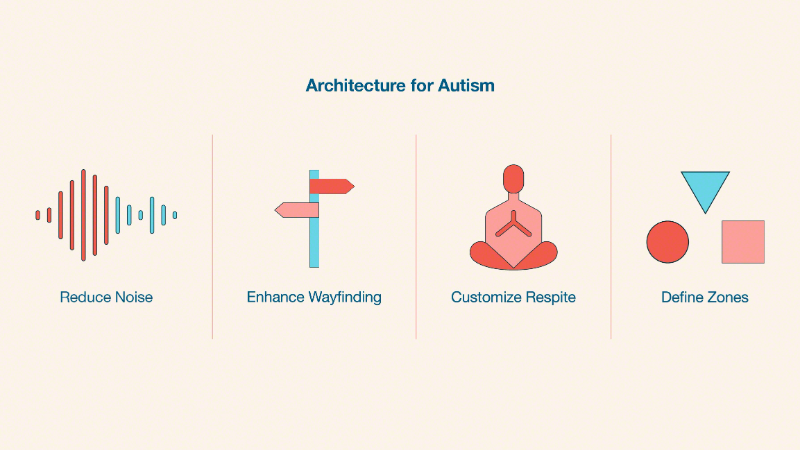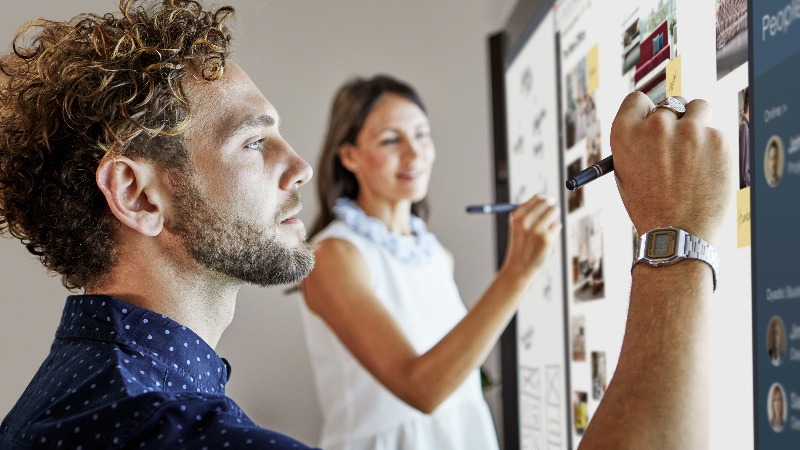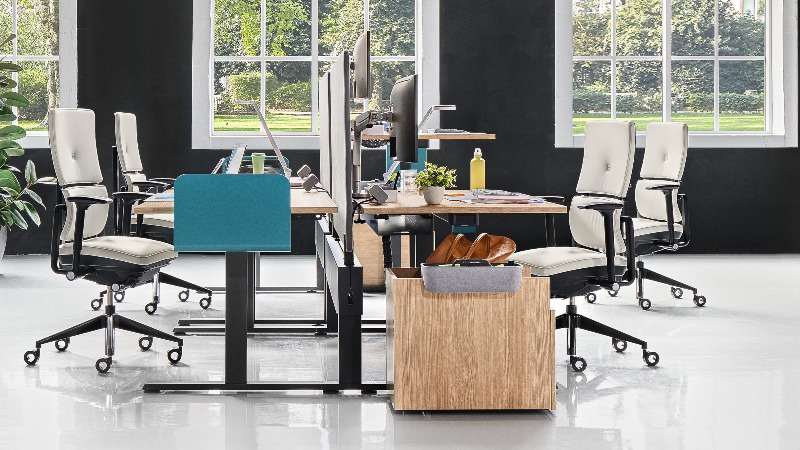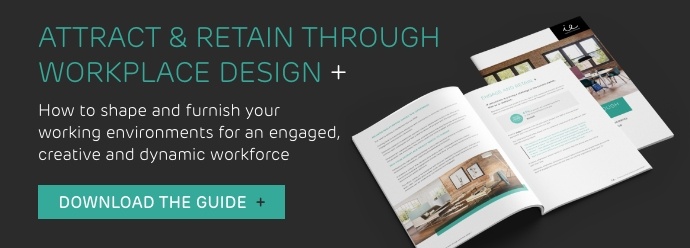Organisations with diverse workforces are happier, more creative and more productive than those with a narrower demographic make-up. How can inclusive design in the workplace help you recruit and retain the widest range of talent for your business?
Diversity works
It’s not a politically correct fantasy.
Research has shown companies with more diverse teams report nearly 20% more revenue from innovation than those without. McKinsey says firms with inclusive cultures are 29% more profitable than their competitors - and have an enhanced ability to recruit and retain talent.
“It makes sense that a diverse and inclusive employee base – with a range of approaches and perspectives – would be more competitive in a globalized economy.” - McKinsey
.jpeg?width=800&name=20-0133730_ccexpress%20(1).jpeg)
Successful workplaces are characterised by acceptance of diversity and a drive to evolve working environments to support everyone who uses them:
- There is more gender and ethnic diversity in the most successful businesses than in their competitors. Numerous studies have shown how a boardroom more representative of the world at large drives better results than mono-cultural, single-sex C-Suites. But is your office design supporting inclusivity at every organisational level?
- Businesses with a greater mix of age groups in the workforce have access to more experience and a diversity of thought and creativity. Now highly experienced professionals are retiring later and fresh thinking, digitally native Gen Zers are entering the workplace to join them. Different generations have the opportunity to work together and bring their particular viewpoints and skills into the office as never before. But does your office support the different ways each generation wants to work?
- There are more people in the working population who actively identify as disabled and neurodiverse. 25% of the working age population say they are disabled, while 1 in 7 of the total working population claim they are neurodivergent. Employers who are not accessing and supporting this reservoir of workers could be missing out on vital life experiences, new perspectives on old problems, and a lot of talent. But does your office design welcome and celebrate each of the unique identities that make up your workforce?
The opportunity to improve business performance through building a more diverse workforce means losing the unconscious bias in workplace design.
The truth is, no one is average.
Does modern workplace design work for all of us? Not so much
Workplace designs are still not reflecting the different needs of a modern, diverse workforce:
- A third of businesses are failing to support neurodiverse workers
- 25% of offices are not accessible to wheelchair users
- 30% of employees find their workspaces uncomfortable for their needs
- 46% of employees in the UK think their workplace does not allow them to work productively
It’s not just the big things like equal access to products, technology and systems that workplace design has to get right to be inclusive.
Seemingly small things like visual distractions, heating and lighting can make a break or a worker’s experience.
An autistic employee, for example, may find it difficult to work in environments with bright lights and textures. While others may need more stimuli to process sensory information and to be productive.

And anyone who’s ever worked in an office will be familiar with the great office temperature debate. Everyone has their own idea of what’s comfortable, and in fact research shows women prefer an office temperature of around 24°C whereas men are more comfortable at around 21°C.
The simple option to control the heating, lighting and other environmental factors will also help to create a more inclusive workplace for all.
Removing barriers for attracting and retaining talent
Ultimately, inclusively designed workplaces allow for employers to attract and retain the right candidates for a position without having to consider barriers that exist within the environment.
In fact, employers should be hiring with neurodiversity in mind. Research shows that in the right setting, autistic people can be 92% more productive than other employees.
And where environments are not inclusive, employees will not feel supported. Belonging is a fundamental need for human beings - and it’s a key driver of job satisfaction. Creating inclusive workplaces will help to foster a sense of belonging, in turn galvanising worker engagement and bringing long term benefits to your business.
“The built environment plays a role in removing, reducing, and mitigating experiences of exclusion within the workplace — where environments are not inclusive, employees will not feel supported in these spaces.” - Gensler
The risk, however, is inadvertently creating ‘inclusive’ environments that ‘exclude’ others. Inclusive design should be about creating the best, shared experience for everyone, and asking - how can this design support all people?
“Inclusive design for all people incorporates design solutions that meet needs related to gender identity, race, ability, age, neurodiversity, socioeconomic status, and culture. It is considerate of the ways in which these needs intersect and creates environments that are convenient and comfortable for everyone.” - Gensler
The winning bid in the war for talent
More than one third of UK organisations see recruitment as a major challenge for their business. This is not surprising given official figures show job vacancies have hit a record high of over one million.
With a fierce war for talent in progress, diversity and inclusion is one area in which organisations’ need to up their game.
More than 3 in 4 job seekers report that a diverse workforce is an important factor when evaluating companies and job offers, according to Glassdoor.
This means that whether or not your company is committed to investing in diversity and inclusion, most candidates are nevertheless evaluating it when they research a company and throughout the interview process. They’ll be looking for indications of representation and diversity across the business. And they’ll be eyeing up your workplace to decide if it’s a place they can see themselves being comfortable and happy.

As employees increasingly take their careers into their own hands and demand more from the working environment to suit their preferences, organisations will need to pull out all the stops to keep up. Those who can guarantee happy, productive and healthy employees will be better able to attract and retain talent - and this hinges on the ability to create a happy, productive, and healthy workplace for all.











